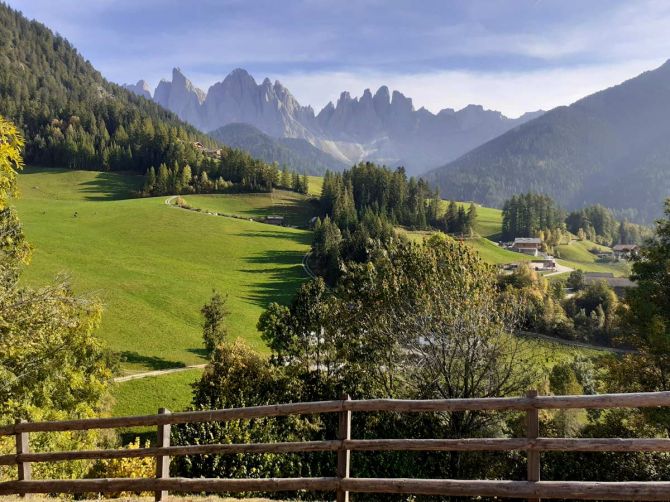
Years and years ago, while backpacking through Europe, on 15-20 dollars a day, I took a train from Bari in southern Italy to Innsbruck, Austria. Many hours and a few changes later, the express train was racing towards the border. We would soon be crossing into Austria from Italy, but were still at least half an hour away from Austria.

The scenery outside my train window was stunning, as we flitted through stations with mixed German-Italian names called Brennero/Brenner and Trento/Trient. We were passing through the stark-looking Dolomites and though we were miles and miles from Austria yet, and still very much in Italy, the landscape had already changed and it felt like we were already in Austria.
The homes had that extra neatnik Germanic chalet look, with timber frames, decorative shutters and boxes of flowers and the churches owned those Bavarian onion domes. Gone, and left far behind, were the Italian whitewashed rustic cottages with terracotta roofs and the Italiano-Mediterranean earthy vibe.
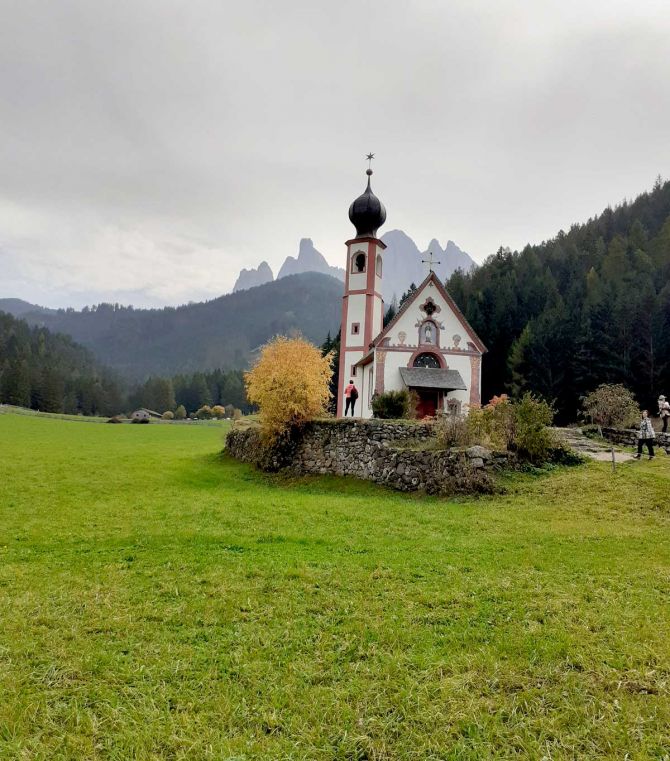
I was intrigued by this sort of geographical conundrum ie how Austria could be inside Italy and later when I read up on it, realised it was to be attributed to history. This was the prosperous autonomous region of Trentino-Alto Adige/Sudtirol on the Italian-Austrian border that Italy had gained post World War I, after the Austro-Hungary Empire was dismantled, as part of pact with the Allies under the Treaty of Saint-Germain.
Over the years, Instagram threw up pictures of this breathtakingly beautiful area, especially of two tiny churches nestled among the steep, harsh Dolomites. I promised myself I would one day visit this place and, for no religious reason, also see those two wee churches snuggled below the mountains.
I realised that dream some 30 years later. I had been visiting my daughter in Dublin and we, along with my grandson, got an extremely cheap flight to Milan. Ardent pasta lovers, we had dreams of also having some of that delicious buttery Italian food one sees on YouTube, somewhere along the way. From Milan, we were headed for Bressanone/Brixen in Sudtirol, via Verona and Bolzano.
Sudtirol proved to be all that I had envisioned. Such grand mountains are the Dolomites. The utter quietness of its forested lower slopes was interrupted only by the sound of cow bells and church bells pealing or brooks gurgling. Neat, quaint, silent. And you could not get any closer to nature. A wealthy German locality, although Italian dictator Benito Mussolini had made attempts to Italianise it and it was temporarily renamed Venezia Tridentina, 97.6 per cent spoke German around there in 2023 and surnames ran to Brunner and Gasser.

We spent four days climbing up the mountain meadows to see the churches (in spite of my daughter protesting in exhaustion, as we valiantly huffed and puffed, with baby, pram and all uphill). We even hopped across to Innsbruck for a few hours, passing through the famous Brenner Pass, a route that has existed since the 2nd century AD and is home to one of the busiest mountain corridors in the world and a highway that can take you all the way to the top of Norway.
But we had no Italian food!
Instead, all kinds of German delicacies were on offer, including a variety of freshly-baked, homemade breads, cakes and pastries, so many types of kaiser (cheese), wild berry liqueur, and the region/neighbourhood was more known for its Austrian-German-Hungarian goulashes, knodeln, schnitzels than pasta and pizza, although there are places serving Italian fare.
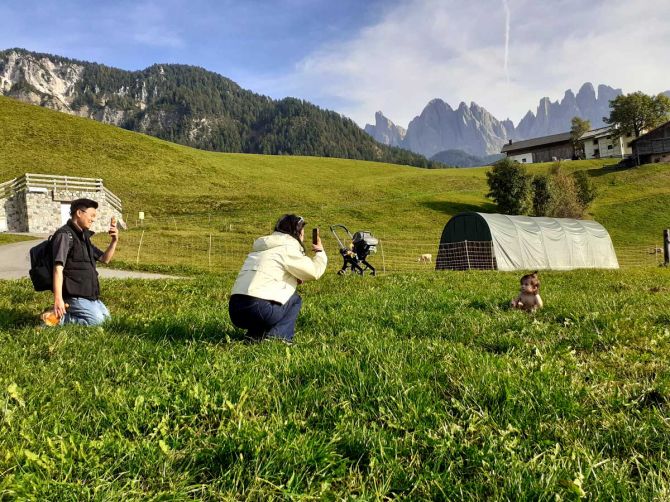
I told my daughter that we would catch some more authentic Italian food in Milan on our way back, since we had a few hours to kill. That didn't happen. The train from Verona to Milan got delayed because of what they puzzlingly called 'intruders on the tracks'.
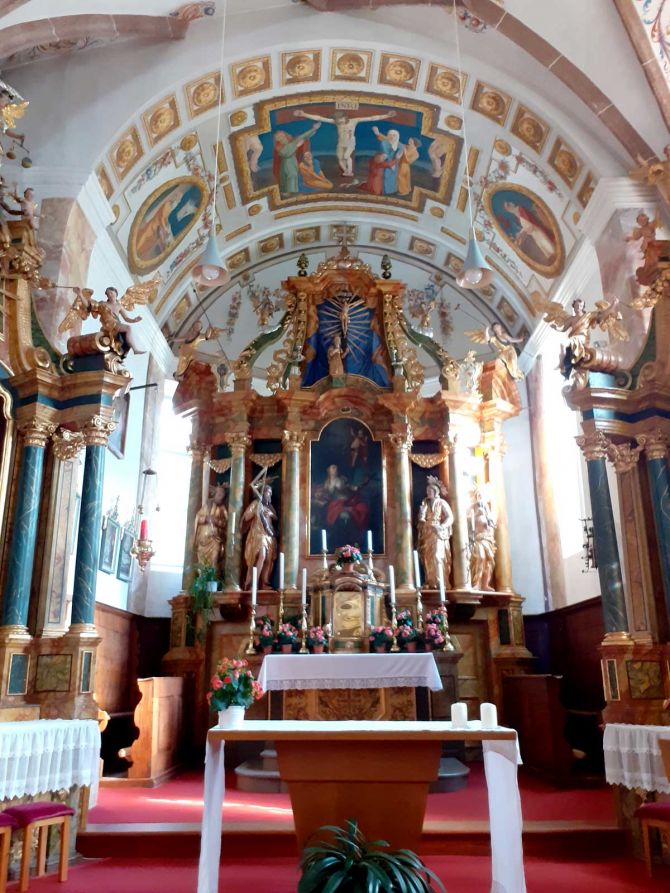
I then told my daughter that we would check in at the airport early and look for a nice restaurant in the airport to sit down and tuck into a sampling of Italian food.
Neither the airport nor the airline was particularly efficient, and in spite of attempting to check in four hours before, we ended up breathlessly racing through the serpentine security and immigration lines. Just before boarding, I spied an Italian food/grocery shop selling a bewildering range of pasta, cheese and more. Okay, so weren't going to get any Italian food in Italy. But at least we could take some Italian ingredients back to Dublin and cook it up there. We quickly grabbed and paid for a few types of pasta and cheeses and headed for our flight.
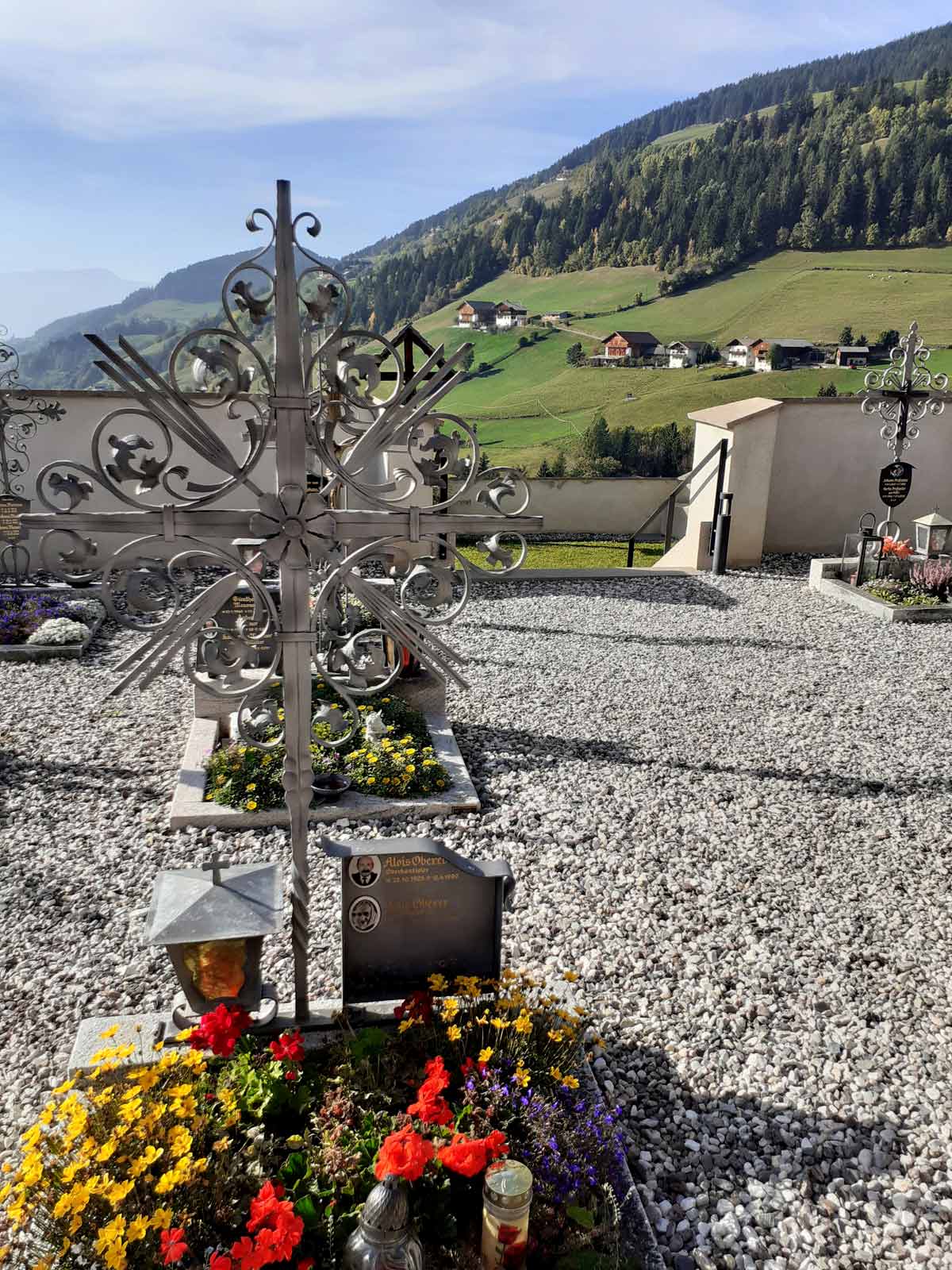
I bought some multicoloured fiocchi, a type of pasta I had never eaten before. Butterfly-shaped, with a large surface area, it looks like a larger version of a bow pasta. I cooked it up with mushrooms, broccoli and asparagus and added some asli Italian Parmesan and it turned out quite delicious and I offer you the recipe below.
It's almost impossible to source fiocchi anywhere other than Italy. So, your best bet is to settle for a farfalle (bow pasta) or else wide noodles called tagliatelle. You could try making this pasta from scratch too. It is made of small circles that have simply been pinched together to make over-sized bows.
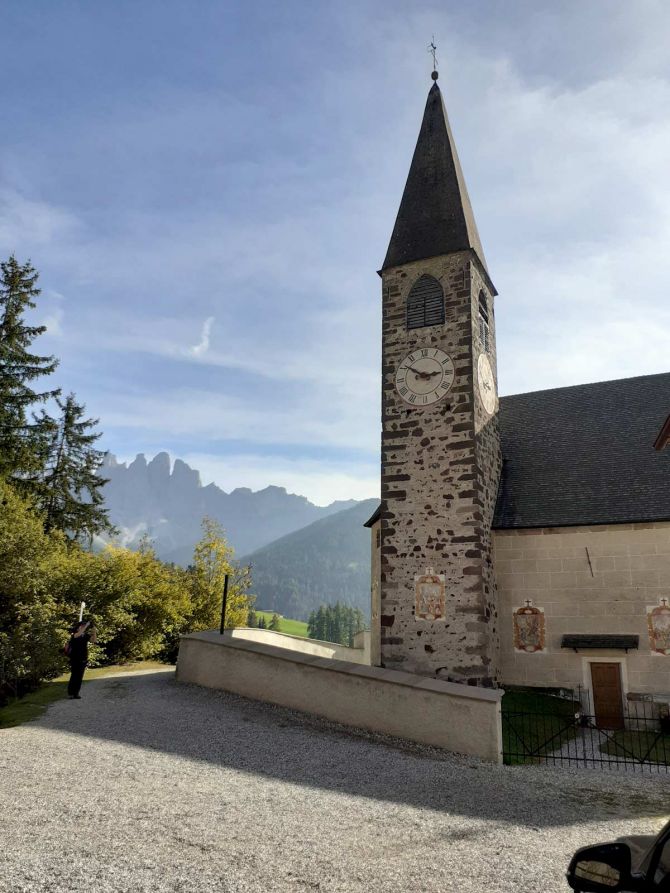
Fiocchi With Mushrooms, Broccoli, Asparagus
Serves: 3-4
Ingredients
- 500 gm farfalle or bow pasta, uncooked (or use tagliatelle)
- 3-4 tbsp butter
- 2 tbsp extra virgin olive oil
- 8-10 garlic pods
- 1 onion chopped
- 200 gm asparagus tips or heads
- 200 gm broccoli florets
- 200 gm button mushrooms, stems cut in two, lengthwise and head chopped into fours
- 4-5 tbsp chopped greens of spring onions or chives
- 4-5 tbsp grated cheese, preferably Parmesan
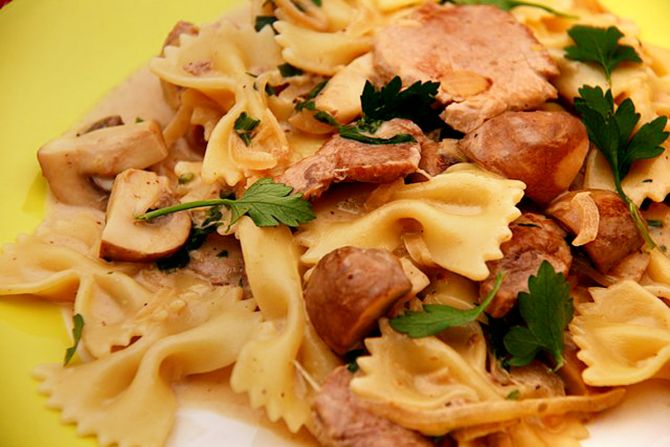
Method
- Bring 4 cups water to boil in a large covered saucepan over high heat.
Keep a strainer or colander ready in the sink to drain the pasta.
Add the pasta and cook over high heat till al dente -- not too soft.
Al dente means 'to the tooth' or pasta that has a bite to it.
Packets of pasta usually have their cooking time listed on them.
To make a pasta al dente, subtract 1 minute or 1½ minutes from the cooking time.
Drain and return the drained pasta to its saucepan and add the butter and toss.
Keep aside. - In a frying heat up the olive oil over medium heat and saute the onions and garlic for 3-4 minutes.
Add the broccoli and saute 4-5 minutes, over medium heat, till cooked but crunchy.
Take out of the frying pan and keep aside. - In the same frying pan, fry the asparagus tips till just done, over medium heat – use 3-4 inches of the asparagus stalks starting from the tip and discard the thicker, woodier and more fibrous stem.
Take out of the frying pan and keep aside. - In the same frying pan, fry the mushrooms over medium heat for 4-5 minutes till just cooked.
Add the sauteed vegetables, onions, garlic to the cooked pasta and lightly toss.
Serve hot, sprinkling cheese and the chopped spring onions as garnish.


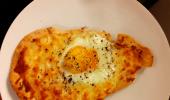


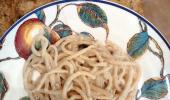




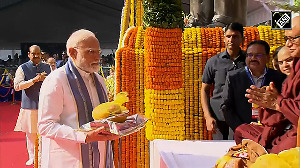

 © 2025
© 2025